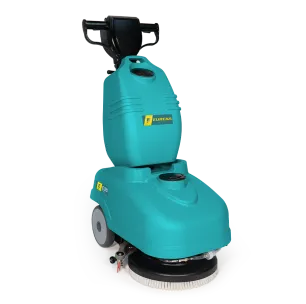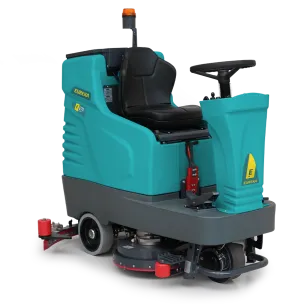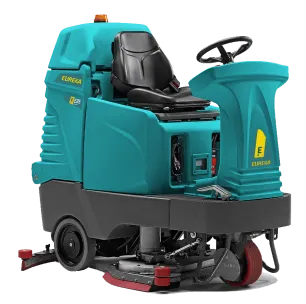Close scrutiny of a warehouse or factory can tell you a great deal about the company concerned. How internal space is managed, the volume and type of goods that are handled, the importance attributed to safety…the activity within these areas of operation is an interesting informal indicator of the company’s overall health.
In commercial terms, a clean and well-organised building, when shown to potential suppliers or customers, provides an excellent opportunity for positive engagement and the development of new business relationships.
- Are materials stored correctly in designated spaces? Are goods easily accessible? Are the most frequently needed items conveniently located for packaging and shipment?
If they are, it means that the company has an interest in the efficiency of its processes. - Do staff move around safely, using PPE where necessary, and are all the tools needed for the job readily available?
If so, excellent! This means that operating procedures and practices are properly shared between those who organise the space and those who work there. - Are the shelves and floors clean? Is the floor swept and washed regularly?
Even better! This means that the company even takes care of the details.
Some of the key benefits derived from keeping warehouses and workplaces clean and tidy are:
Risk prevention
- Accident prevention. A clean and tidy environment reduces risk. It prevents collisions with unmarked, badly placed material, tripping and slipping. All these issues can cause accidents, even serious ones. A clean and tidy environment on the other hand allows operators to move around more safely and more rapidly. The result is fewer injuries, greater workforce wellbeing and higher productivity.
- Preventing goods from falling. Dusty shelving, oil stains on the floor, and objects of different shape stacked higgledy-piggledy all contribute to creating a high risk of accidents in the workplace. It only takes one false step, or one wrong manoeuvre, and tools, semi-finished products or even finished products can come crashing to the floor.
Preventing the deterioration of goods
Poorly maintained warehouses and factories, especially in the food sector, are extremely attractive to insects, small rodents and other animals. In these contexts, pests can easily find food to eat and well-protected corners to hide in. Pests not only carry disease and dirt but can also damage products and structures. Even without such drastic results, failure to perform regular cleaning leads to the accumulation of dust and to faded surfaces. In the case of goods destined for sale, this sort of damage has a significant cost. Goods are stored better and last longer in a clean environment.
Workers’ health, positivity and engagement
- Limitation of influenza outbreaks. Every year, influenza and seasonal illnesses are the most frequent causes of absenteeism in any company’s employee records. Viruses and bacteria proliferate in the absence of proper sanitation, greatly increasing the risk of infection and of consequent problems like absenteeism due to sickness and delays in production and delivery.
- Productivity and staff turnover. Nobody feels motivated to work in dirty, unhealthy or inhospitable places. The sense of discouragement produced by sloppiness and negligence in organising cleaning soon leads to poor worker performance and to a high rate of staff turnover.



























